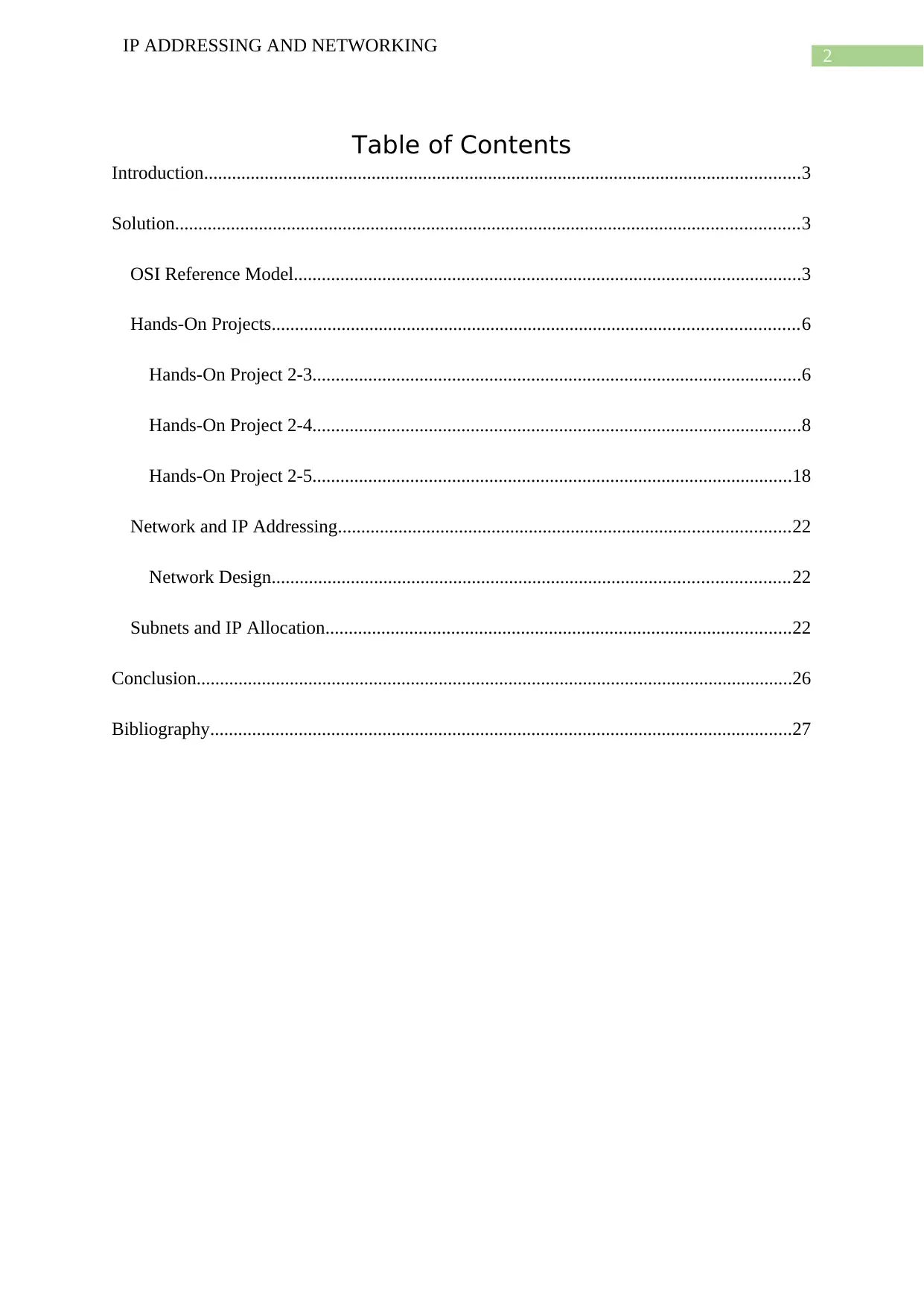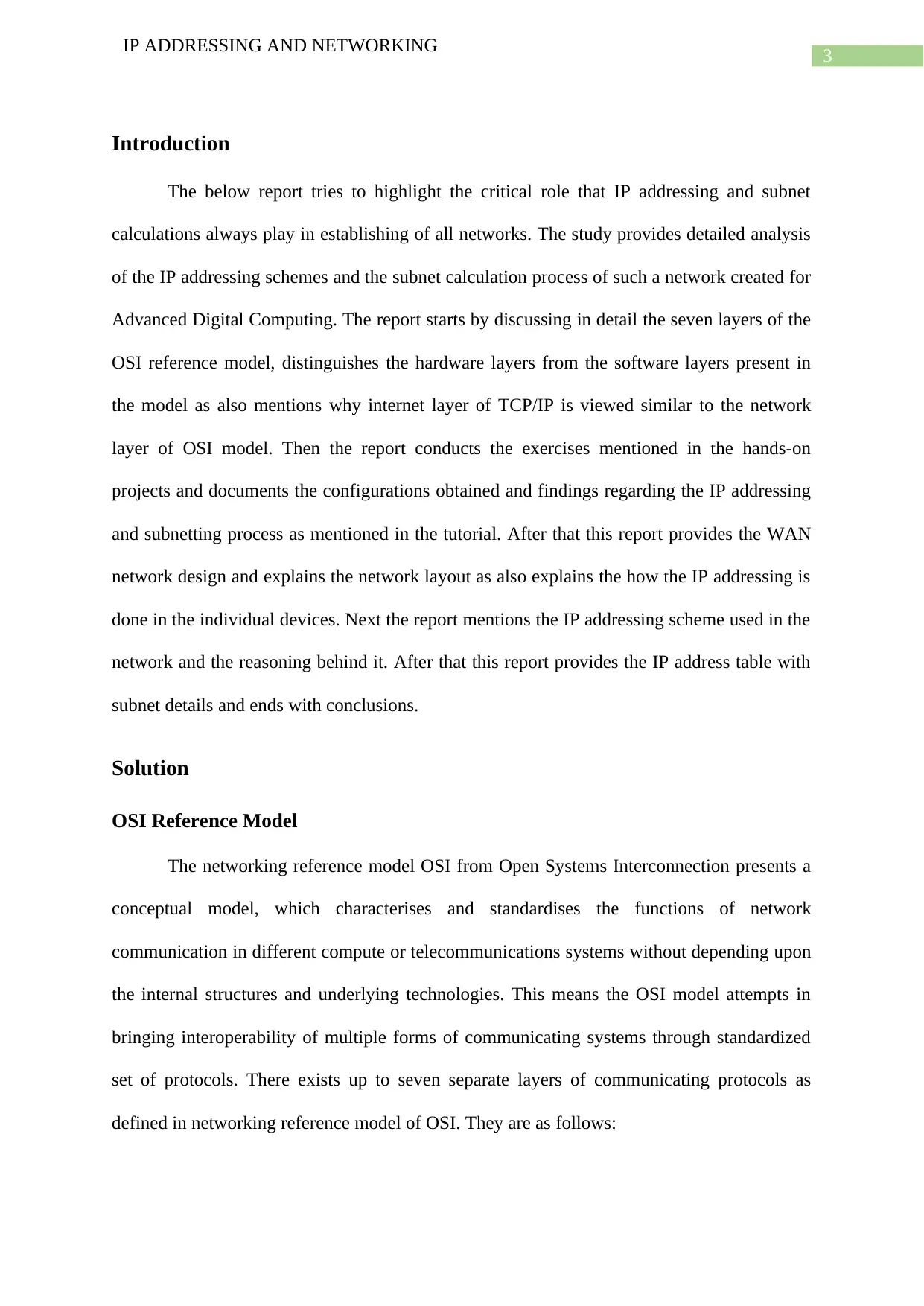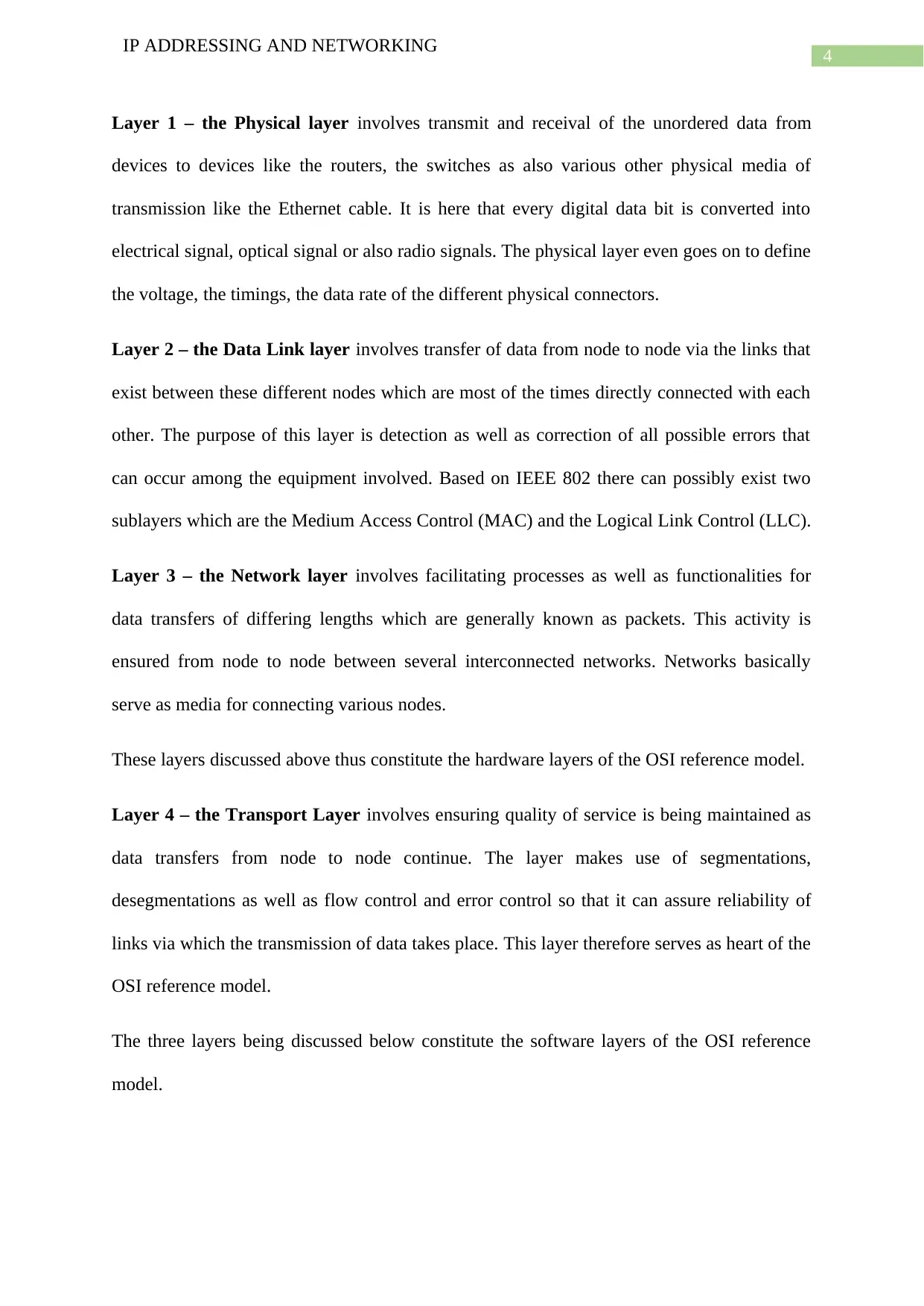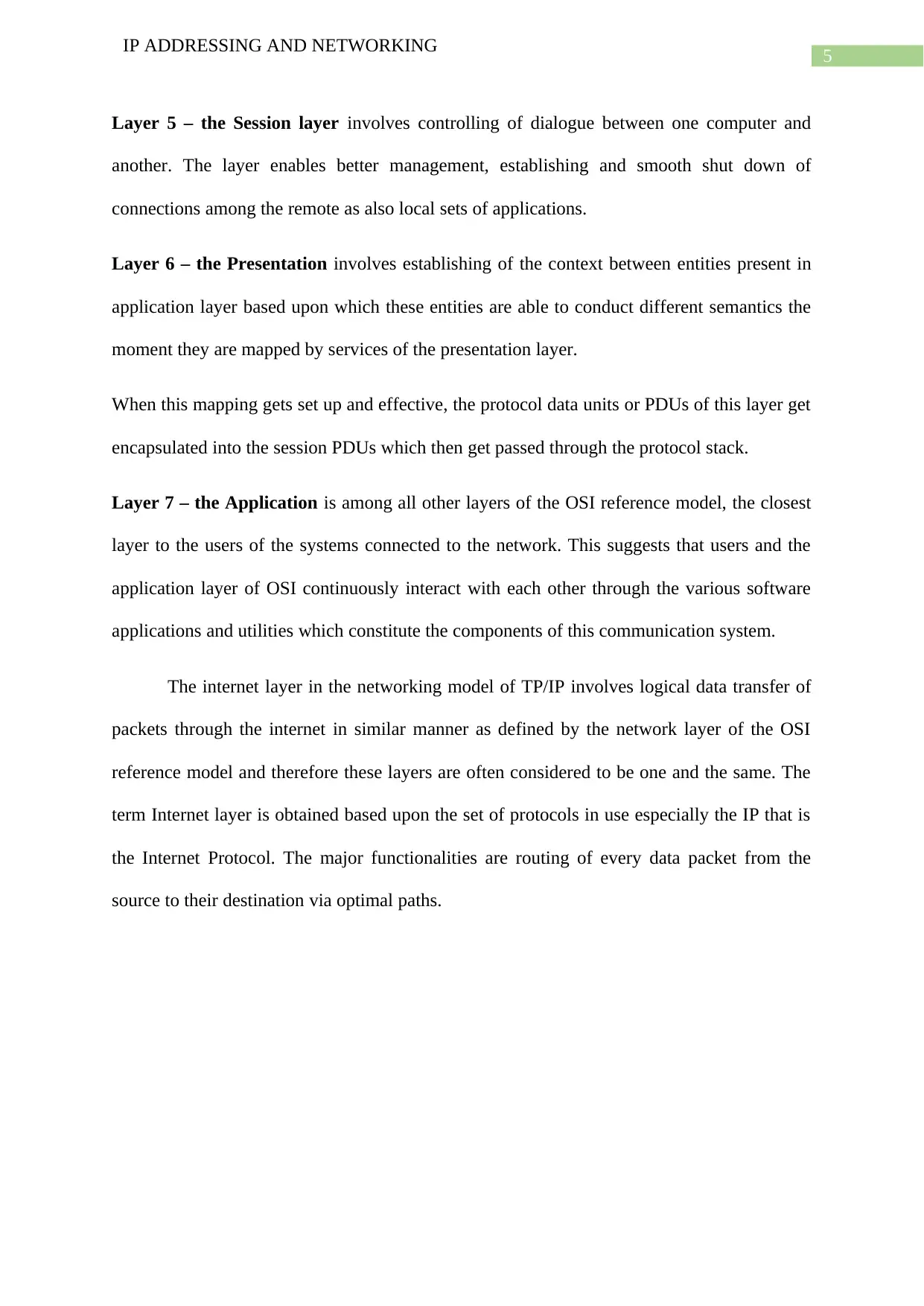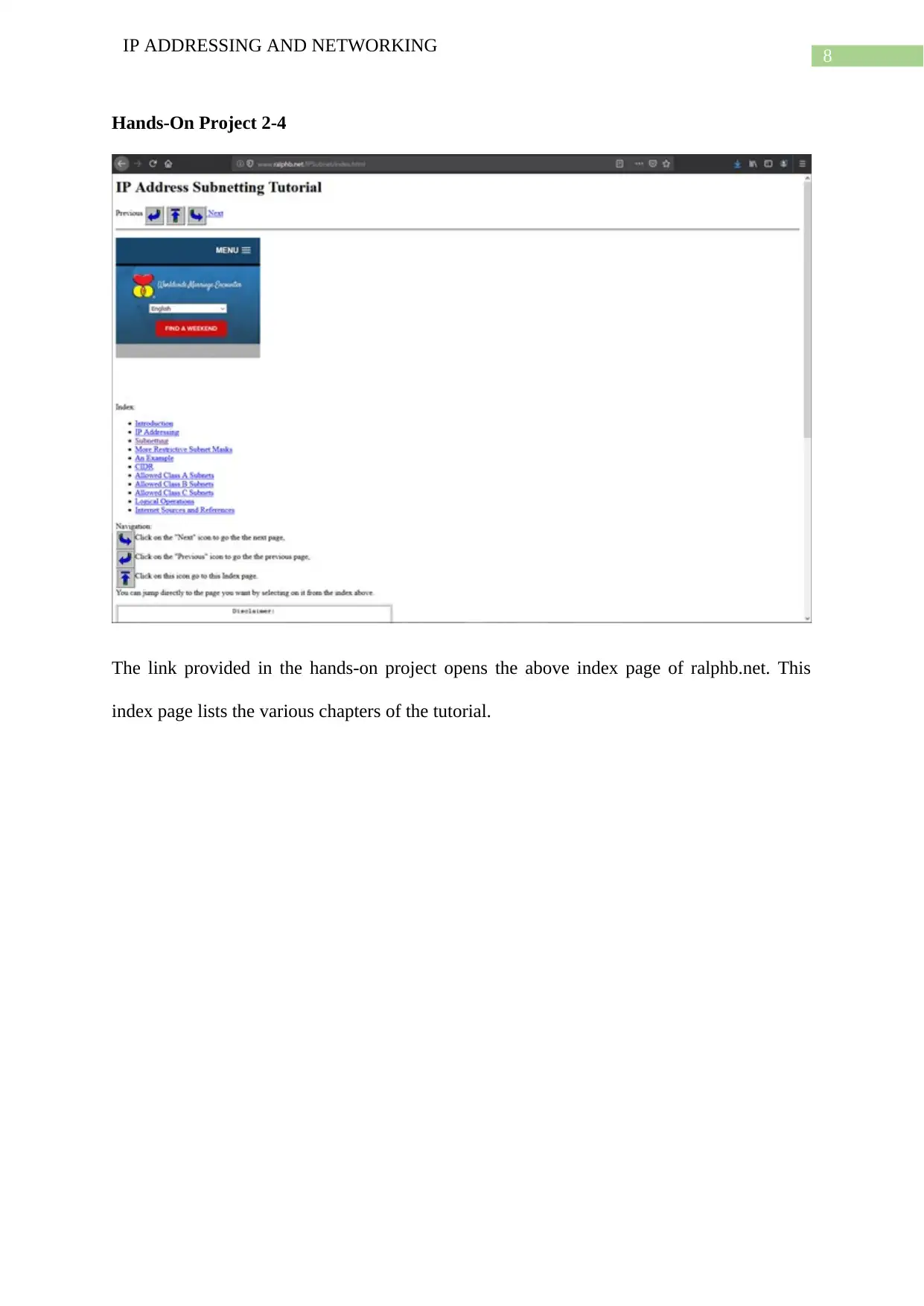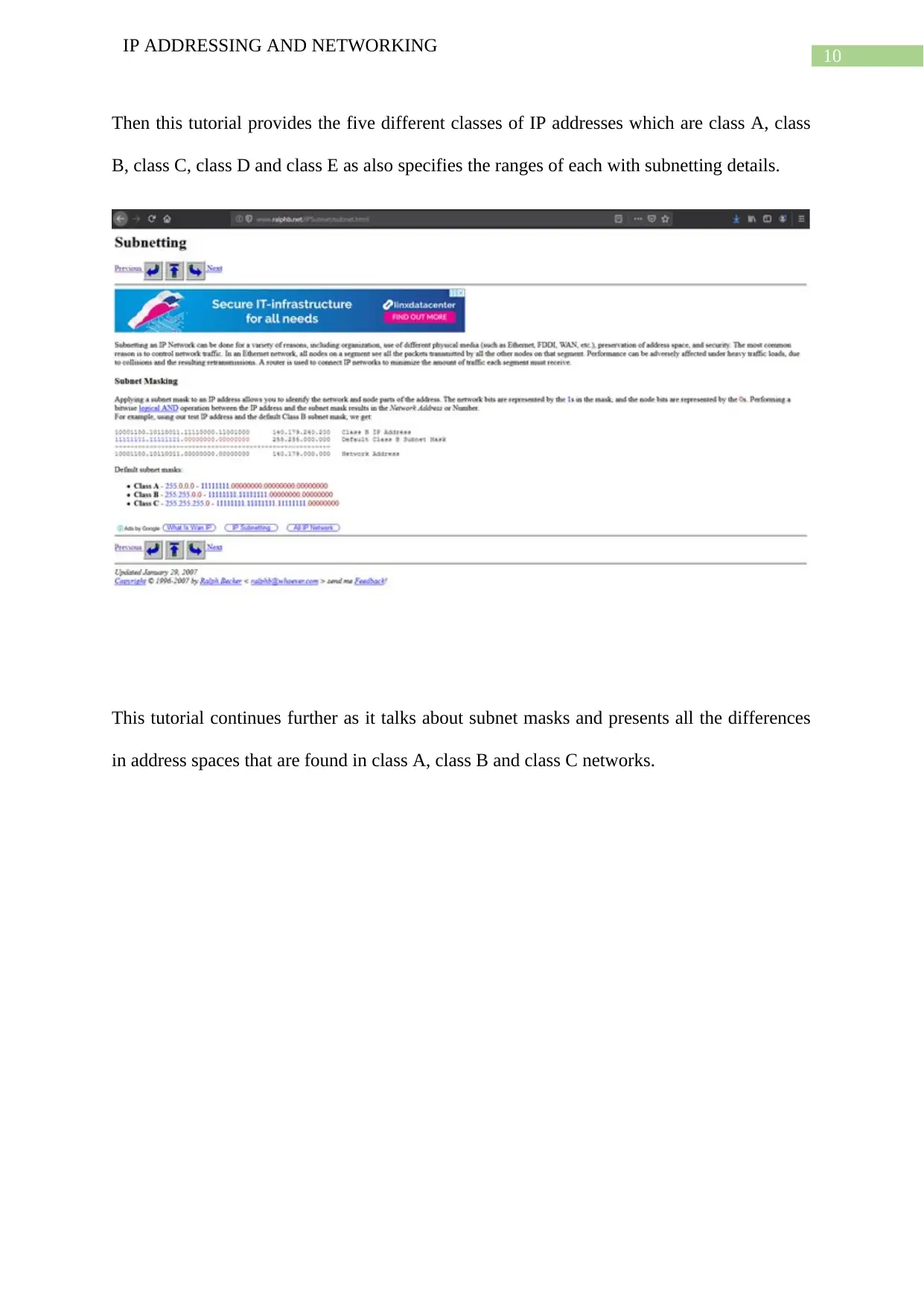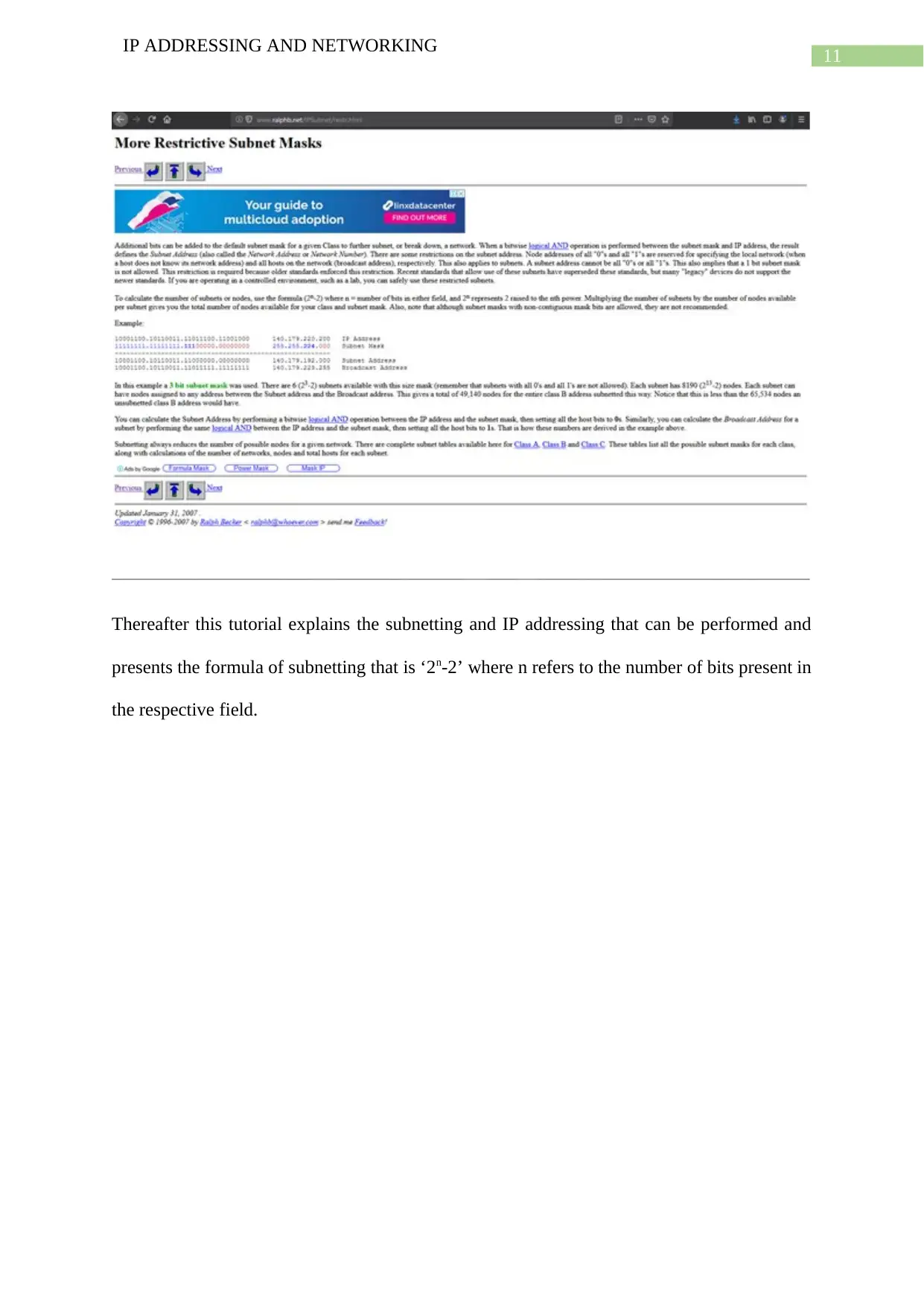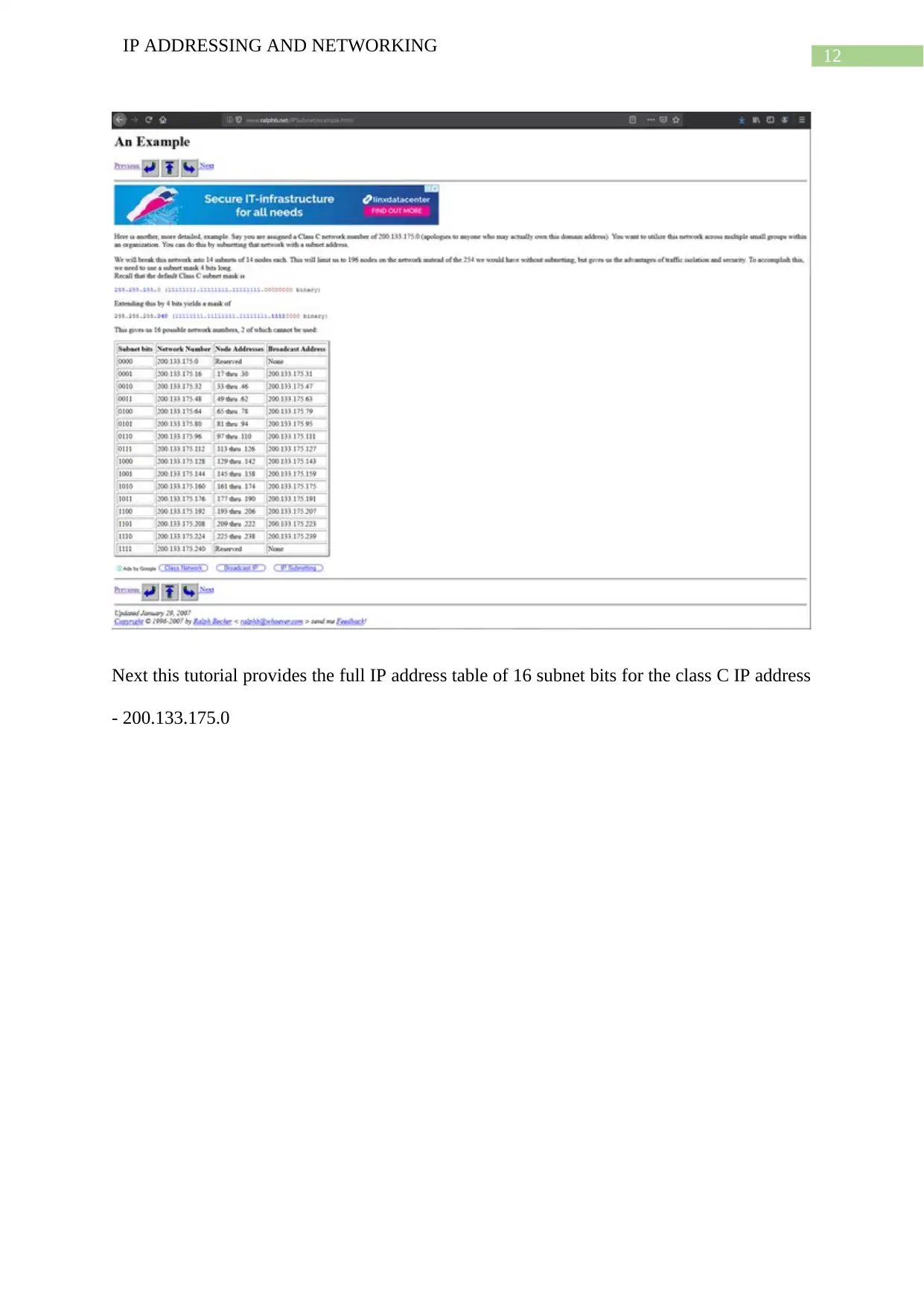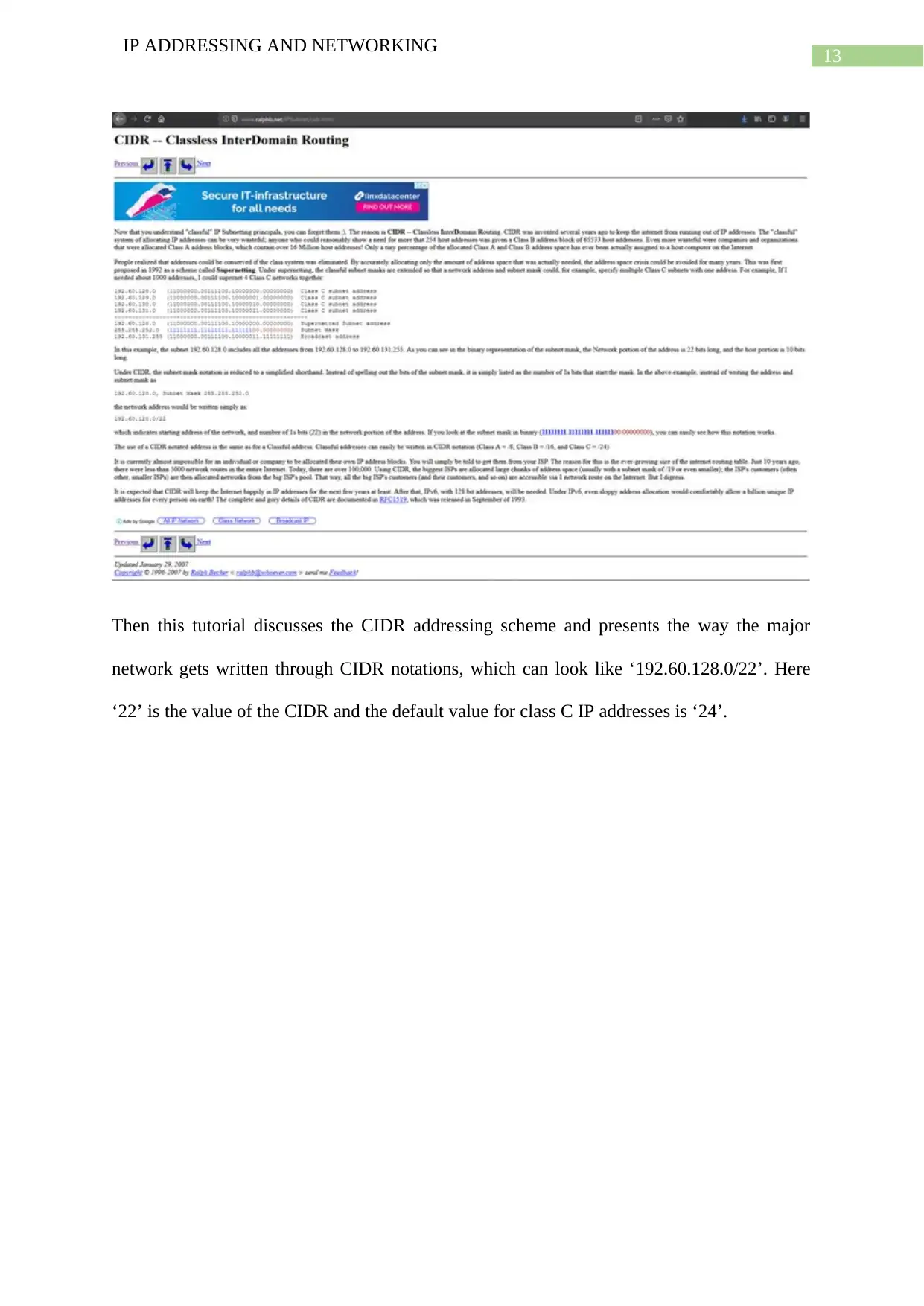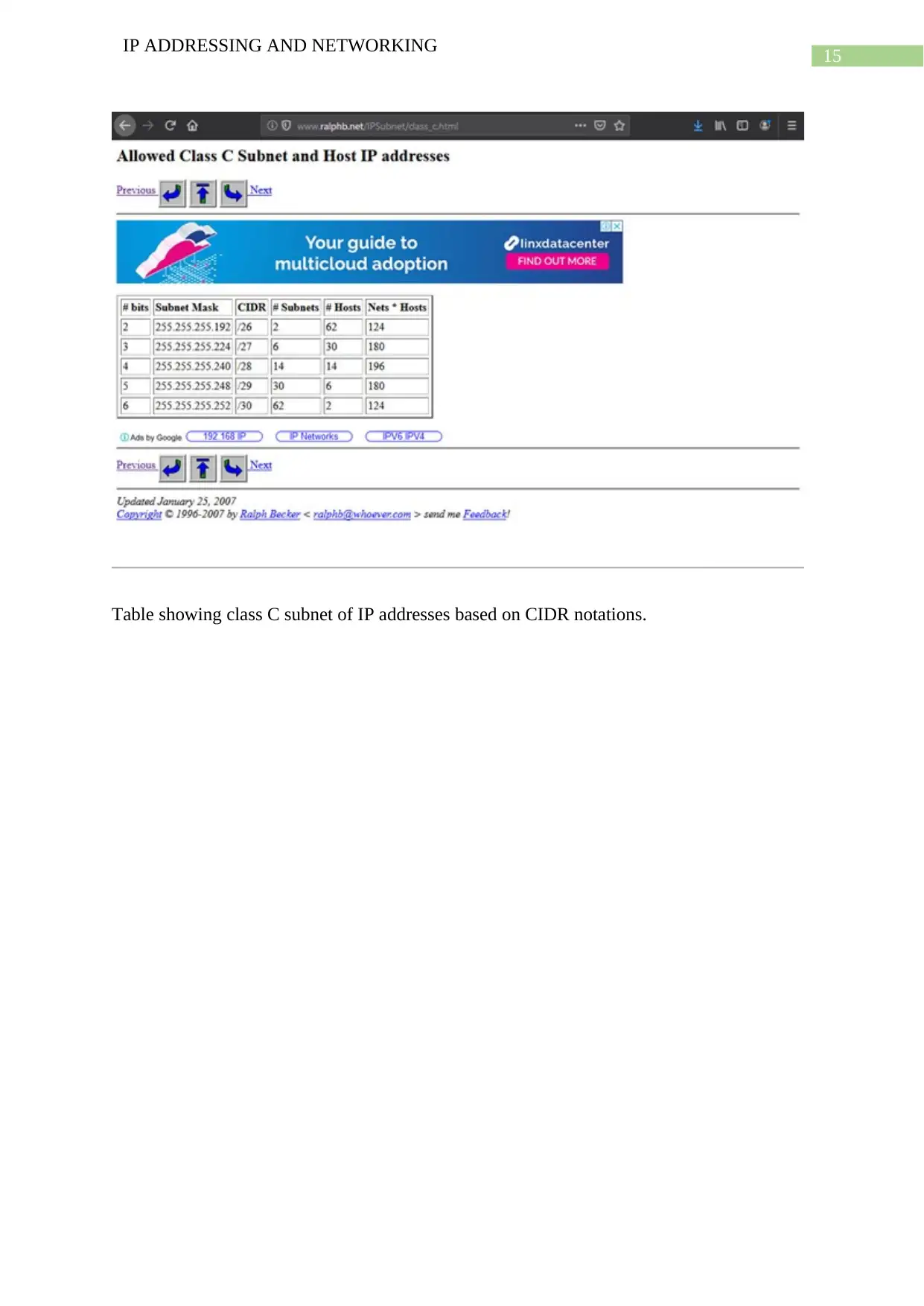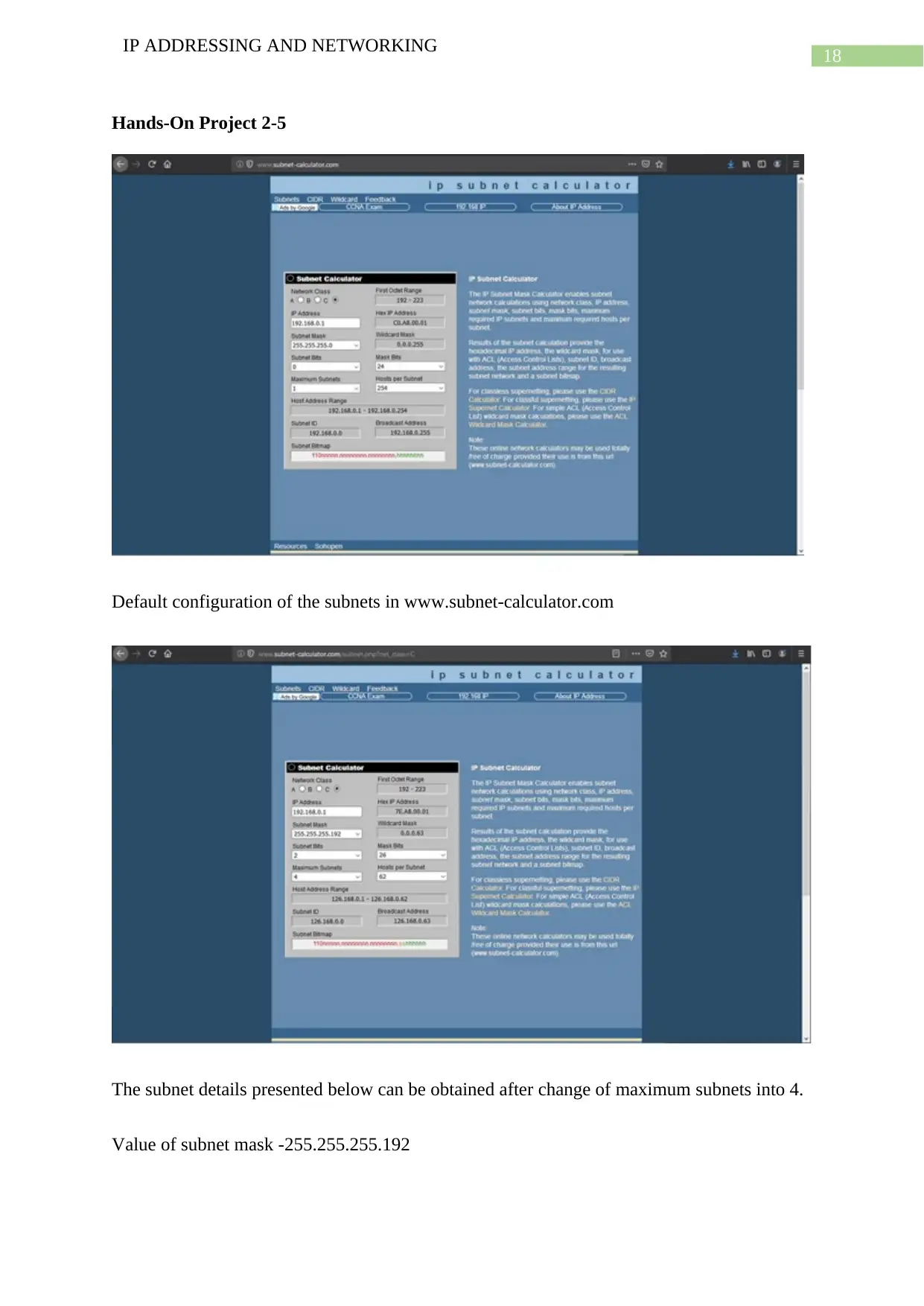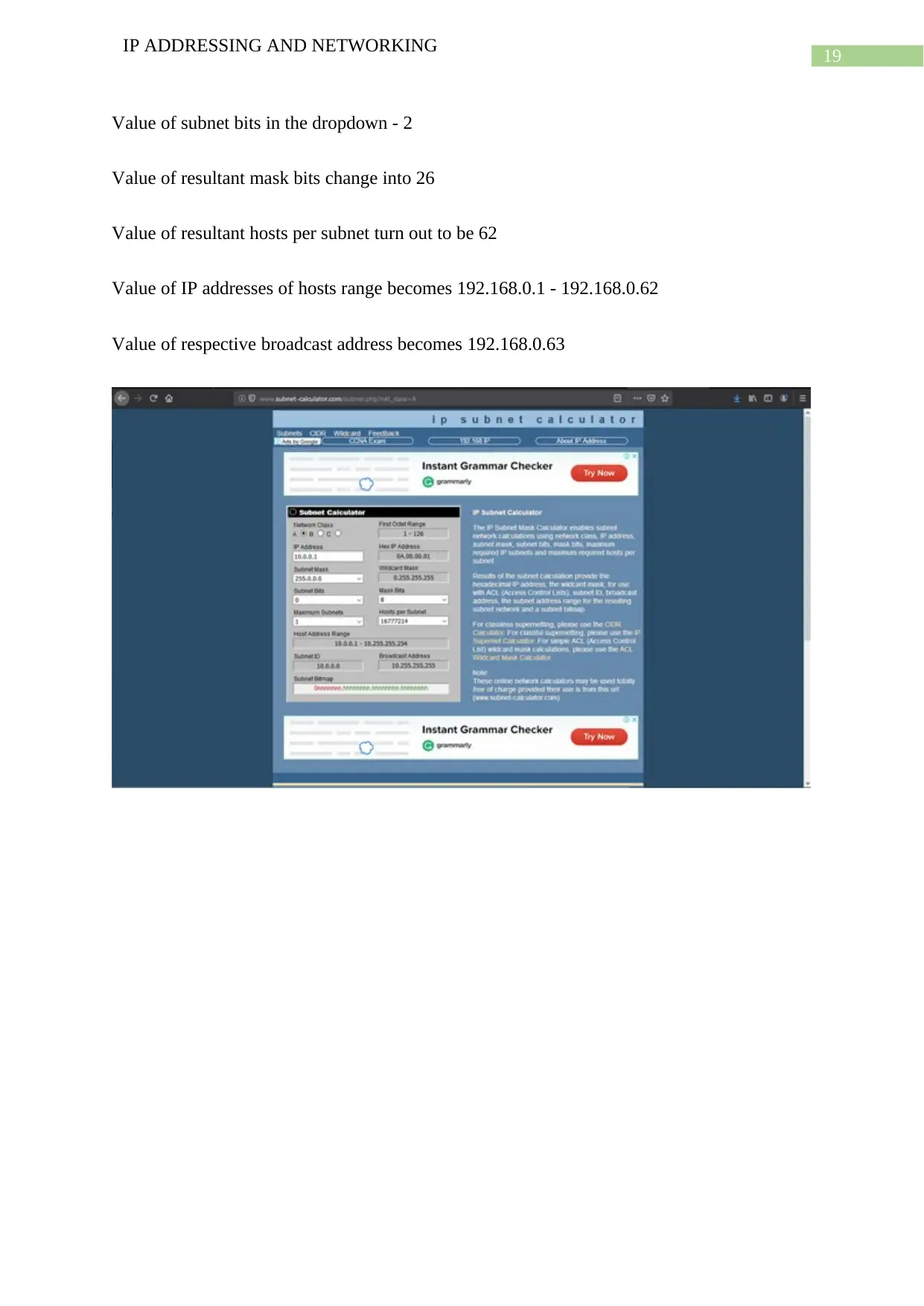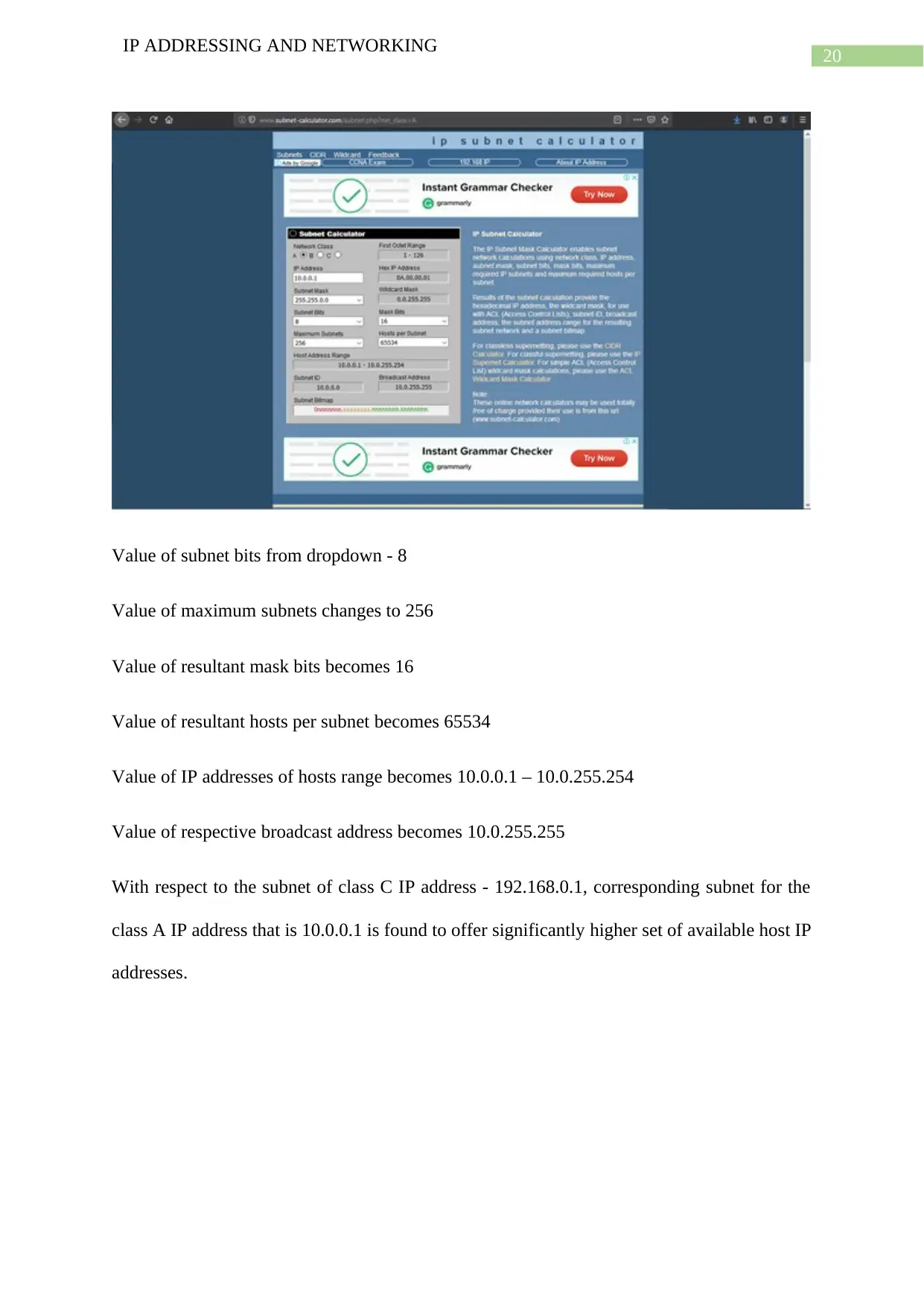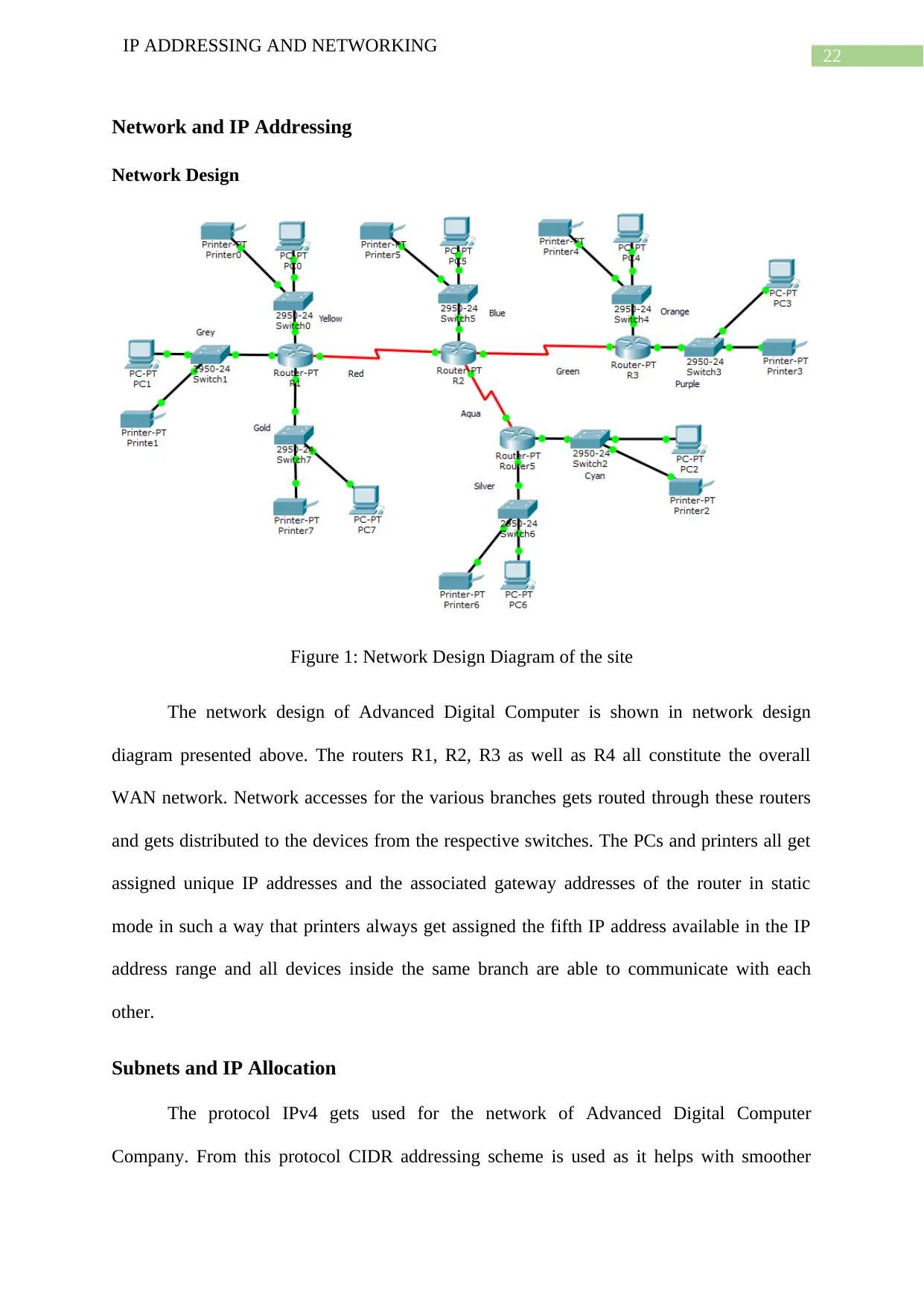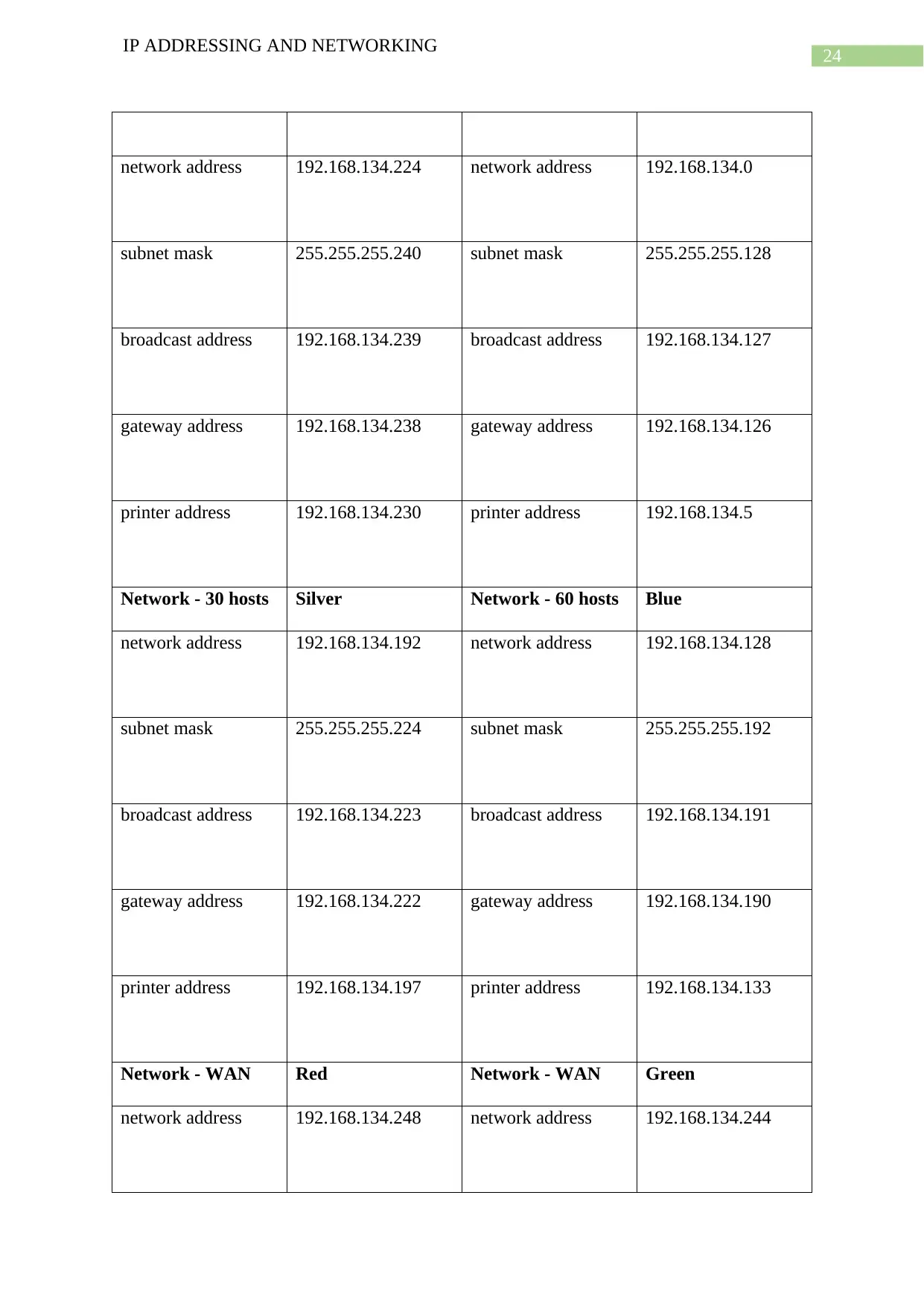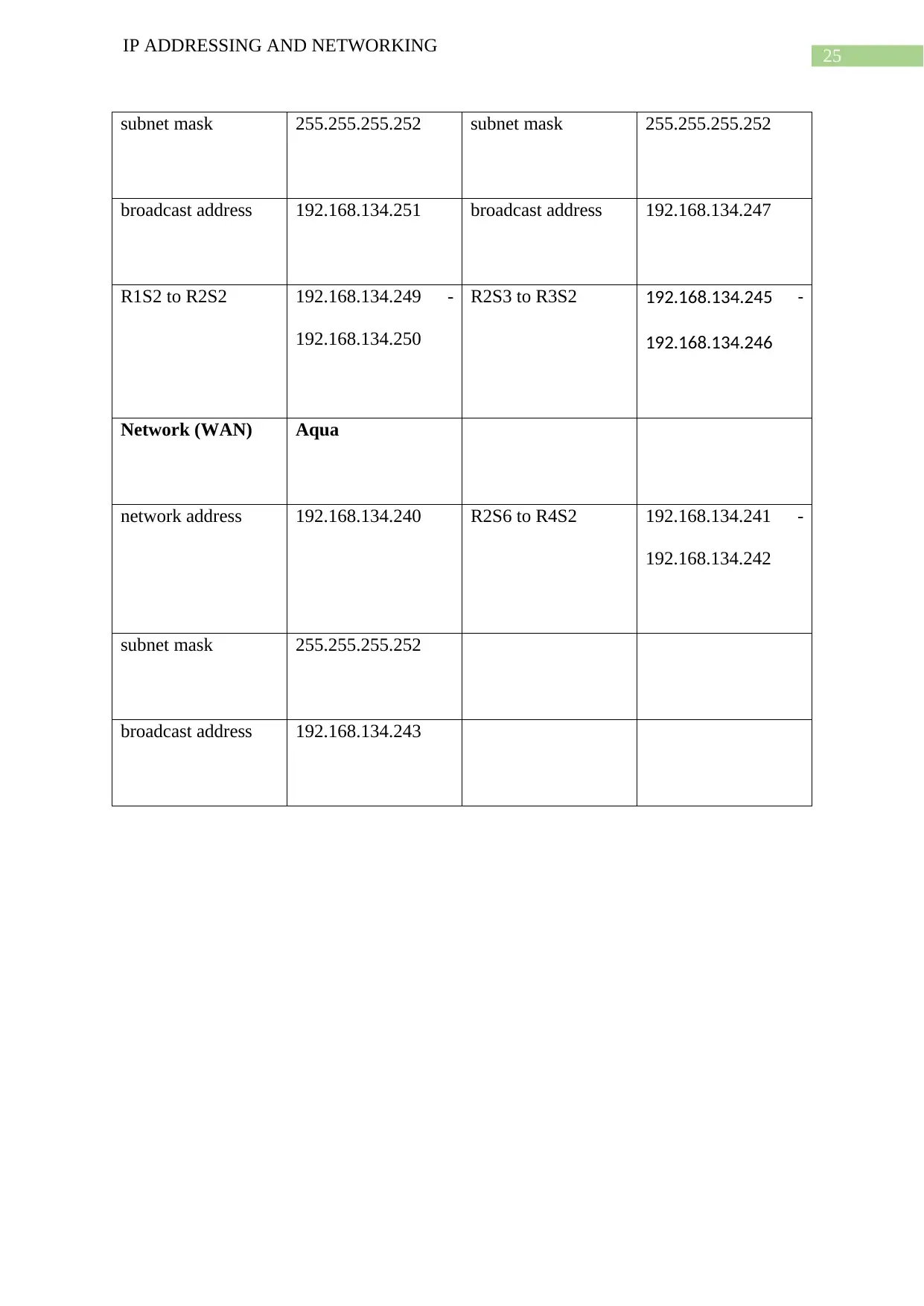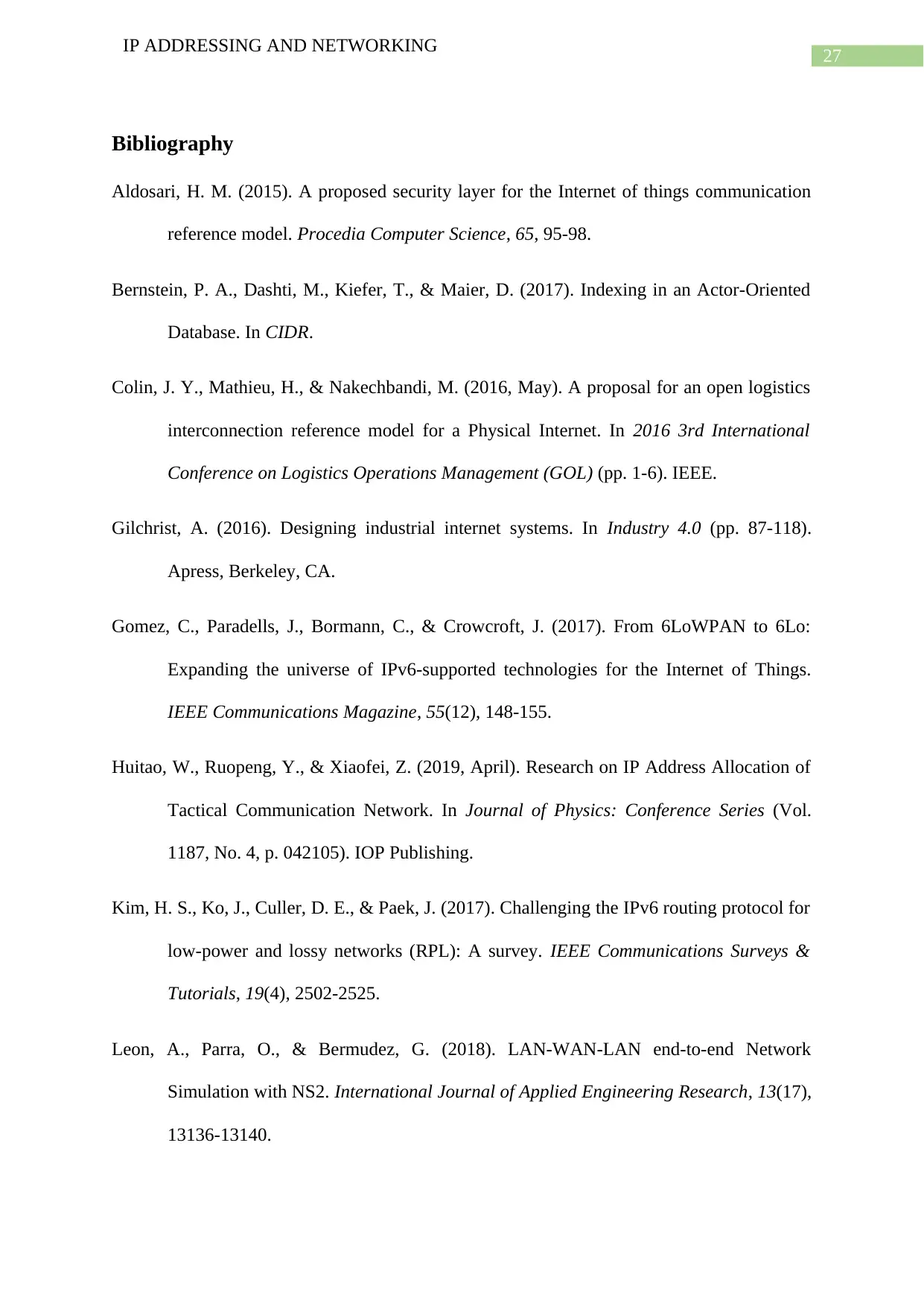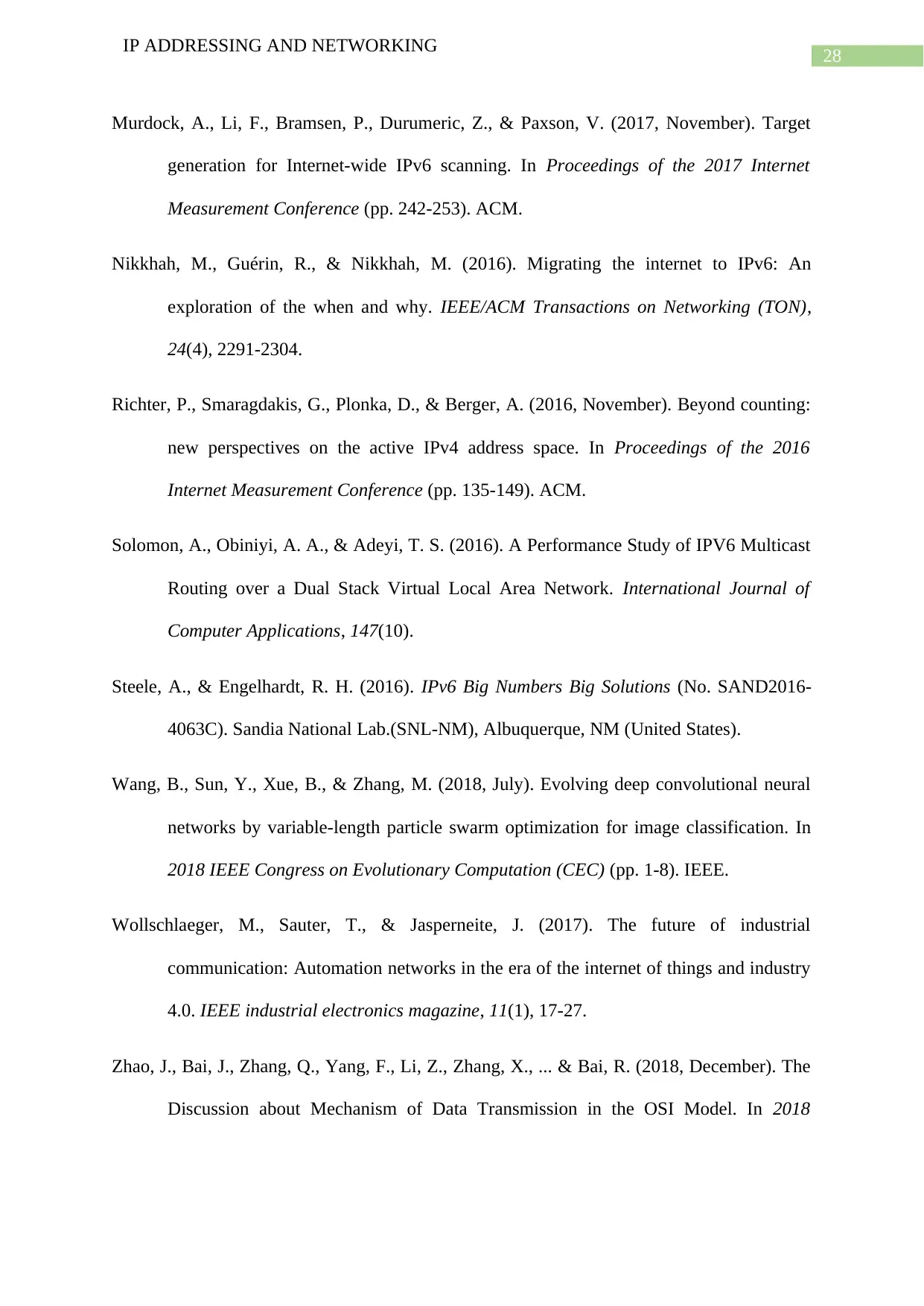The study provides detailed analysis of the IP addressing schemes and the subnet calculation process of such a network created for Advanced Digital Computing. The report starts by discussing in detail the seven layers of the OSI reference model, distinguishes the hardware layers from the software layers present in the model as also mentions why internet layer of TCP/IP is viewed similar to the network layer of OSI model. Then the report conducts the exercises mentioned in the hands-on projects and documents the configurations obtained and findings regarding the IP addressing and subnetting process as mentioned in the tutorial. After that this report provides the WAN network design and explains the network layout as also explains the how the IP addressing is done in the individual devices. Next the report mentions the IP addressing scheme used in the network and the reasoning behind it. After that this report provides the IP address table with subnet details and ends with conclusions.
![[object Object]](/_next/static/media/star-bottom.7253800d.svg)
![[object Object]](/_next/static/media/star-bottom.7253800d.svg)


